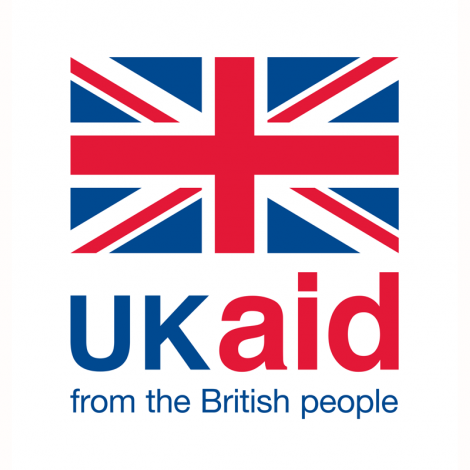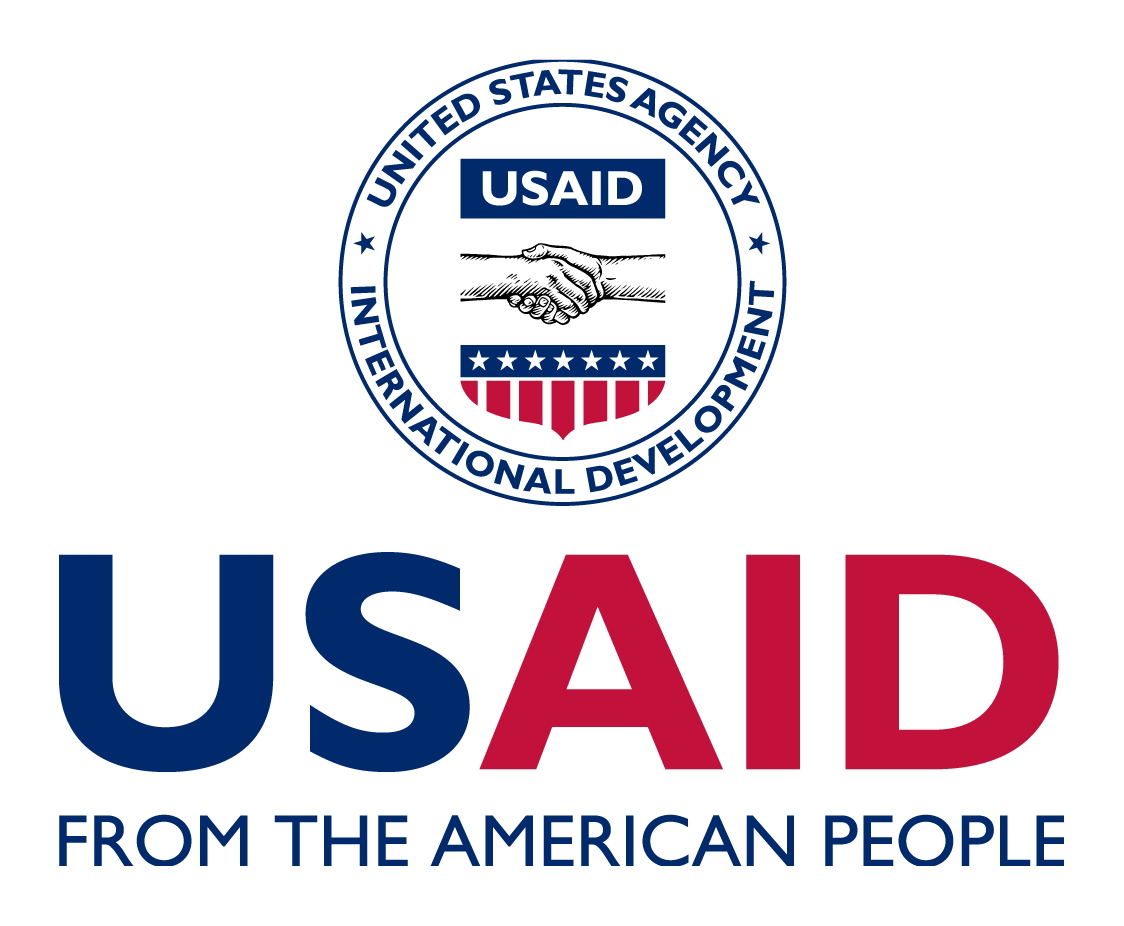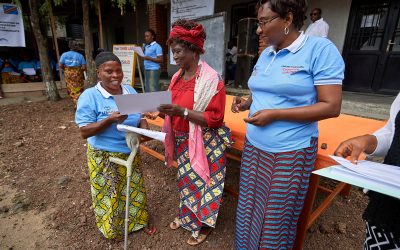SGBV Response through Post-Exposure Prophylaxis Kit Procurement and Distribution Phase II
in the democratic republic of congo
Provision and targeted distribution of emergency, pre-packaged PEP kits for survivors of sexual assault.
the PEP kits procurement project Phase II
Sexual and gender-based violence, or SGBV, remains a significant problem in the DRC. The 2013 DRC Demographic and Health Survey found that more than 57 percent of women in DRC experienced physical or sexual violence at some point in their lives. Post-exposure prophylaxis kits, or PEP kits for short, reduce a survivor’s risk of contracting HIV and other sexually transmitted diseases. Access to this critical intervention is uneven and challenging. According to DHIS2 data collected in the first quarter of 2017 to 2018, nearly 25 percent of health facilities in DRC failed to provide PEP kits to SGBV survivors, even when eligible cases presented for services. Baseline data collected by IMA in September 2018 for its previous OFDA-funded PEP Kit Procurement project showed that access to PEP kits remains quite low, particularly in areas affected by armed conflict. Unfortunately, these are also the areas that need PEP kits the most.
There are many variables that affect the availability of PEP kits. SGBV reporting, including PEP kit stock out data, remains low, with less than 50 percent of reports filled to completion. This is well below the national minimum standards of 80 percent. In addition, most health facilities receive different PEP kit components separately and assembly is never completed, which makes tracking stockouts difficult. During the first PEP Kit Procurement Project IMA identified the absence of health care providers trained in SGBV survivor care in several facilities, likely contributing to limited access to PEP kits.
Project Goal
To address these issues, the project will employ a multipronged PEP kit supply and distribution strategy, which will increase access, reduce stock-out, reduce cost per kit through a cost-effective local kitting solution, and reduce PEP kit waste through training of health care providers coupled with a robust tracking and monitoring system. Specifically, the approach will include bulk drug procurement, in-country kitting, quantification, warehousing and distribution, training of health care providers, and PEP kit monitoring and tracking. Through this holistic approach to PEP kit supply, the intervention will effectively address the PEP kit supply in DRC by allowing internal redistribution of PEP kits, which will, in turn, reduce stock out and massive losses due to under consumption in areas where early treatment remains very low.
Implementation Period
October 2019 to September 2020
Duration
12 months
Project Cost
$2,758,642
Donor
USAID’s Office of Foreign Disaster Assistance
The proposed project seeks to address four key SGBV issues:
1. Limited access to PEP kits;
2. The lack of SGBV stock-out data;
3. The training gap of health care providers in SGBV survivor care, including the administration of PEP kits and PEP kit supply chain; and
4. Limited PEP kit tracking and monitoring, which leads to waste and mismanagement of PEP kits.
13,500 SGBV survivors will receive treatment in 13 targeted provinces.



PEP kits to be procured, assembled and distributed in 13 provinces, achieving 100% coverage.
Total number of targeted individuals.
Number of health care providers who will be trained in SGBV survivor care.
Map
targeted Provinces and sgbv prevalence
The project will primarily target 13 provinces with the highest prevalence of SGBV cases in the country based on data from the 2018 DHIS2. These provinces are indicated below in light blue. In order to ensure that coverage in provinces with low case reporting but significant risk of SGBV due to mining activities, conflict, and traditional practices, IMA requested to supply any remaining PEP kits to the provinces of Bas Uélé, Haut Lomami, and Lualaba, which are indicated below in dark blue.
Partners
To avoid creating a parallel PEP kit distribution and supply mechanisms, PEP Kit will be made available to partners via the DPS. In summary, the proposed intervention will prioritize the supply and distribution of PEP kits based on existing distribution channel and network.
Tier 1: USG partners (OFDA/USAID) with health and GBV contractual activities, and have qualified clinical staff to manage and support the appropriate use of PEP kits;
Tier 2: Other INGO partners funded by other donors (DFID, WB, EU, etc.) with current Health and GBV contractual activities and reporting members to the GBV/Protection and Response and Health Clusters. These partners must have qualified clinical staff to manage and support the appropriate use of PEP kits; and
Tier 3: DPS for Health Zones without Tier 1 or Tier 2 partners.


Logistics Management Information System
IMA will pilot a quasi-real-time inventory tracking software to improve PEP kit tracking and ultimately help prevent and avoid stock-outs and overstock. IMA has extensive experience deploying analog-based open source platforms for managing low-resource supply chains globally. In DRC, IMA has used analog-based mobile phone technology (ODK) for monitoring and data collection in various projects including the distribution of more than 1.3 million long-lasting insecticide-treated nets in 456,000 households, identification of food security beneficiary households, as well as agricultural input distributions. IMA’s PEP kit tracking strategy will also track individual PEP kits from kitting, through the supply chain, to the health zone level. This low-cost approach to tracking PEP kits leverages the largest technology sector in DRC, cellular networks, to provide high-resolution data while building in a reporting structure through the health zone and DPS to the IMA team in Kinshasa.
Learn more about phase 1 of our PEP Kit Distribution project
Gender & SGBV
Tushinde Technical Briefs:
Family Planning (pdf)
Mass Campaigns (pdf)
Psychosocial Care (pdf)
Trafficking-In-Persons (pdf)
Community-Based Trauma Healing (pdf)
Village Savings and Loan (pdf)
GBV Response Through Post-Exposure Prophylaxis Kit Procurement and Distribution IV - March 2023 (pdf)
ASSR - Gender Equality and Social Inclusion - June 2022 (pdf)
Tushinde Ujeuri - Counter Gender-Based Violence Program's HOLISTIC SEXUAL- AND GENDER-BASED VIOLENCE PREVENTION AND RESPONSE MODEL - May 2019 (pdf)
SGBV Response through Post-Exposure Prophylaxis (PEP) Kit Procurement and Distribution Phase II - February 2020 (English)(français)
PEP Kit Procurement in the DRC - January 2020 (pdf)
Girl Rising, ASSP-ENGAGE Final Report – March 2017 (pdf)
Saved by my Son: A Tushinde Ujeuri Success Story
"The support from the Tushinde program has restored my will to live." Tushinde Ujeuri Project...
Implant Method in DRC: A Family Planning Success Story
Spreading the Word about the Implant Method in DRC.News is spreading about the implant method in...
Implants Create Opportunity in DRC: A Family Planning Success Story
Julienne is one of the many women we celebrate during International Women’s Month. She is a...
QUICK CONTACTS
Recent Posts
Quarter 1 Results
Number of pregnant women who received three doses of IPT while attending antenatal care: 58,495Number and percentage of 1-yr-old children vaccinated against measles: 78,123Number of Couple Years of Protection (CYPs) achieved through family planning service provision:...
Saved by my Son: A Tushinde Ujeuri Success Story
"The support from the Tushinde program has restored my will to live." Tushinde Ujeuri Project brings hope to one survivor of sexual and gender-based violence in DRC It was mid afternoon, and my 10 year-old son and I were walking home from working in the fields. When...
Combatting Malnutrition in DRC: A Nutrition Success Story
Community relays in Ndesha, Kasai Central are successfully combatting malnutrition in the DRC thanks to ASSP's nutrition training. Combatting Malnutrition One Maman at a TimeMado Betu was a young child of two years and four months but was frail and unable to walk when...





